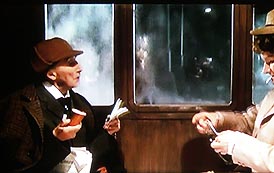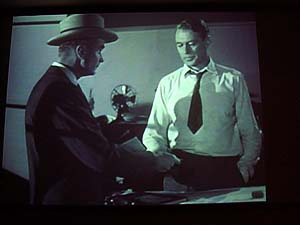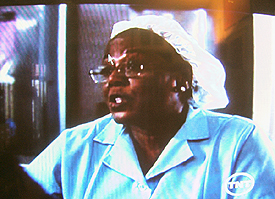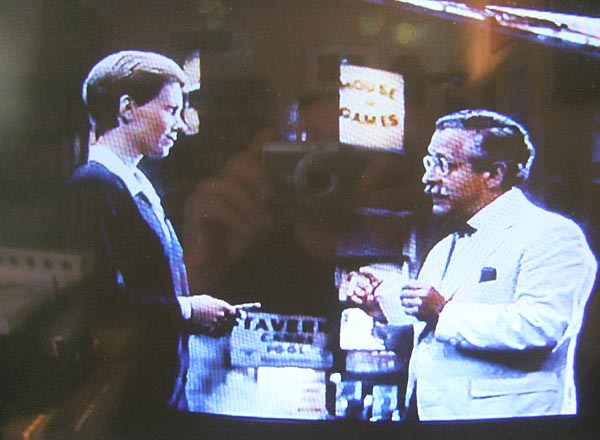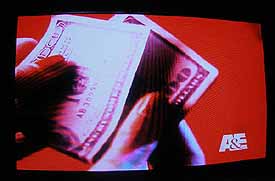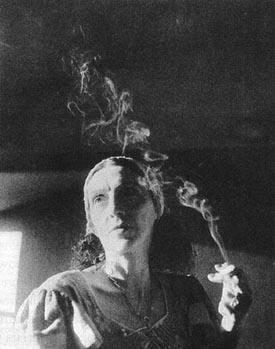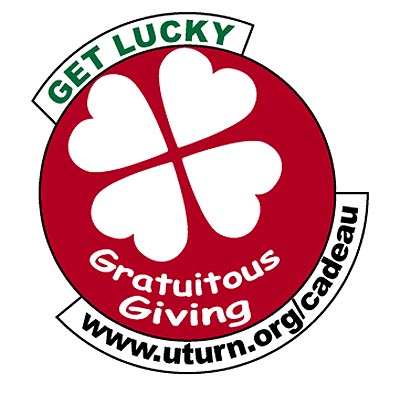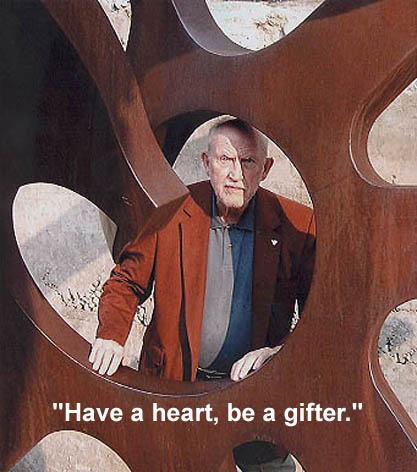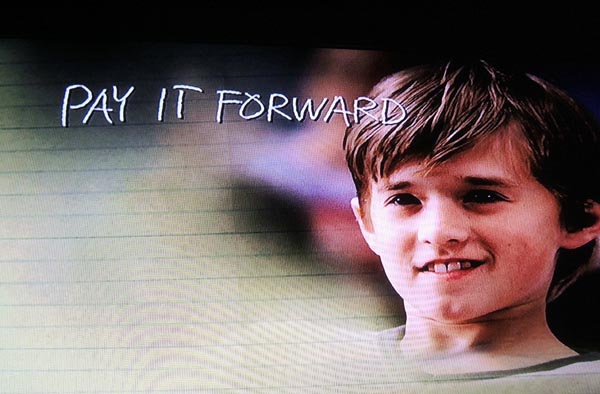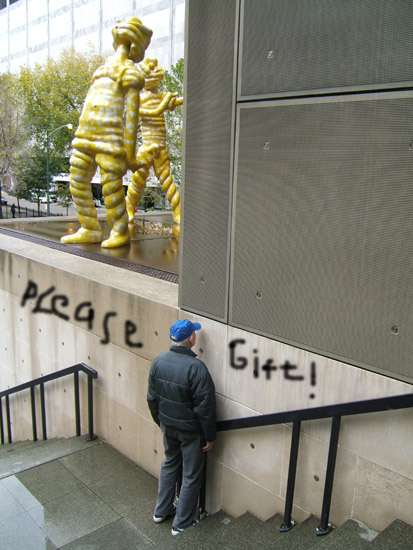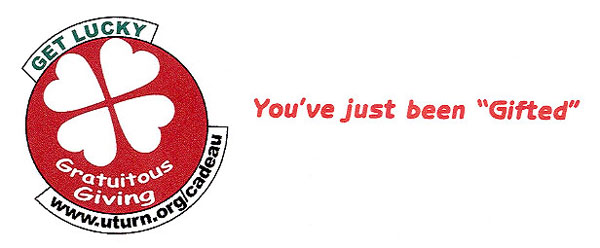
| Backstory: While living in the San Francisco Bay Area in the 1970s, Mr. Don used to drive regularly across the various bridges there. "As it was the Hippy era, we would perform actions that we perceived as counter-cultural. Like size up an 'appropriate'driver as we approached the bridge toll booth and get ahead of his or her car in the toll line; then we would 'gift' that car behind us by paying their toll as well as ours. This would startle said party into accelerating up next to our vehicle where I observed various emotional responses (surprise, annoyance, laughter, paranoia, attempts at recognition, etc.) emanating from said strangers. Of course, we would not respond in any way, as if nothing had transpired." |
|
Of course, this gifting was inspired by Don's love of Robin Hood and his generous gifting of the less fortunate serfs. Even Sherlock Holmes got into the act, gifting some Victorian ladies on a train:
Philosophers
have only interpreted the world, -- Karl Marx, Thesis on Feuerbach In college, L. E. Don recalls, "I was moved by gifting scenes from two movies: 1) King Vidor's 1949 film version of Ayn Rand's The Fountainhead (Gary Cooper playing Howard Roark)," and 2) the W. C. Fields vehicle If I Had a MIllion (1932): More recently, Don recommends the gifting scene from Mamoru Oshii's Avalon (2001):
We
become free human beings not by each of us realizing ourselves In the Spring of 2006, L. E. Don watched in horror as a corporate type in a Brooks Brothers suit gave Monopoly money to a homeless woman on the street while thumbing his nose at her. There is a similar incident described by Charles Baudelaire in his short story "Counterfeit Money." A similar con is featured in David Mamet's film House of Games (1987):
And Oprah Winfrey has initiated a similar project to L. E. Don's"
Thus began Mr. Don's efforts to create this charitable participatory phenomenological artwork. His first task was to design a logo for his Gratuitous Giving project: a cloverleaf of hearts with typography below recalling Hippy Era psychedelic fonts.
THE
ANCIENTS TELL A STORY we need to know about philanthropy But
the next morning, when Nasrudin woke up, there, standing over
Doing the Math There
have been times and places in which a person came into his or her
social being -- Lewis Hyde, The Gift: Imagination and the Erotic Life of Property
|


